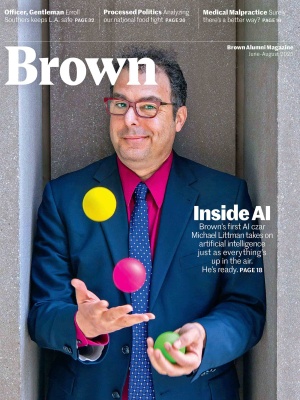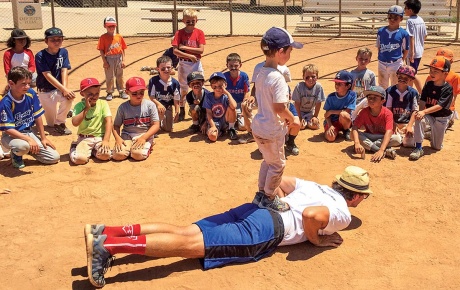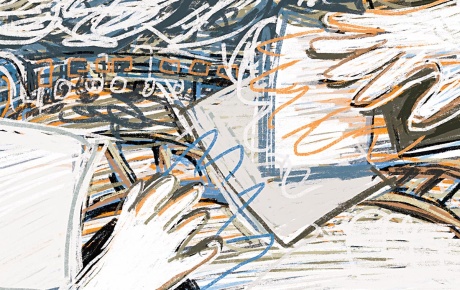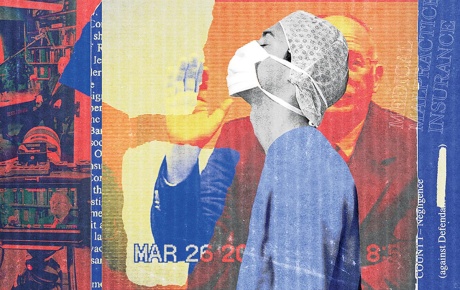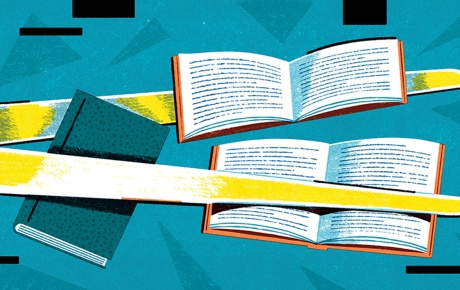Beach Daffodils
A letter from the Editor
My grandfather had a dairy farm in rural Virginia, perched on a 30-foot sandy bank overlooking the wide Rappahannock River just as it nears the Chesapeake Bay. Some 50 years ago, he and my grandmother put up a “Rondette,” a two-bedroom prefab house, set back 50 feet from the bank.
From the Rondette, the view of the river and the two-mile-long bridge that crosses it was spectacular. The physics of the round design meant the house could withstand high winds—seemed like a safe choice for a coastal home. A few feet from the edge of the bank, my grandmother, who for reasons including illness never did much of anything physically demanding, planted some daffodils.
In the 50 years since, rising sea levels and the majestic storms that I loved to watch sweep across the river have ravaged the bank, pulling down trees and gobbling foot after foot of land until the Rondette had to be razed and carted away lest it litter the Rappahannock. I can gauge where it once was from looking at the 30-foot mimosa tree that I’d planted right behind the house when it was a spindly two-foot stick and I was a fifth-grader.
This spring, taking a break from the grief and exhaustion of clearing out my mother’s house after her death, I went for a walk on the beach. And there, just behind a piece of driftwood, were my grandmother’s daffodils, blooming brightly as they do every year. Beach daffodils.
The bank that they were planted on crumbled. The house whose view they were meant to brighten was pulled down at least 25 years ago. A small dairy farm was no longer financially feasible in our factory-farm era, so there haven’t been any cows around since 1991.
The daffodils had seen the utter destruction and dissolution of everything that was an organizing principle around their evanescent bloom each year. And yet they burst forth again this spring, sweetly scenting the salt air, raising my spirits and those of everyone who passed by, wondering how daffodils came to be planted in the sand.
Planting those bulbs was a rare time my grandmother did manual labor. But that one small, long-ago act of hope, those few minutes of work to create a brighter world, makes a difference to this day and has touched many lives, despite so much else being lost.
In times of upheaval, it can feel like nothing you did in the past or can do now could possibly matter. The daffodils tell a different story—as do the lives and works of so many of the alumni and professors we report on in these pages.
Keep planting. Keep blooming. And like the subject of our cover story, Brown’s new associate provost for AI Professor Michael Littman—who, full disclosure, also moonlights as our crossword-puzzle proofreader, because of course he does—keep doing things that bring you joy.

